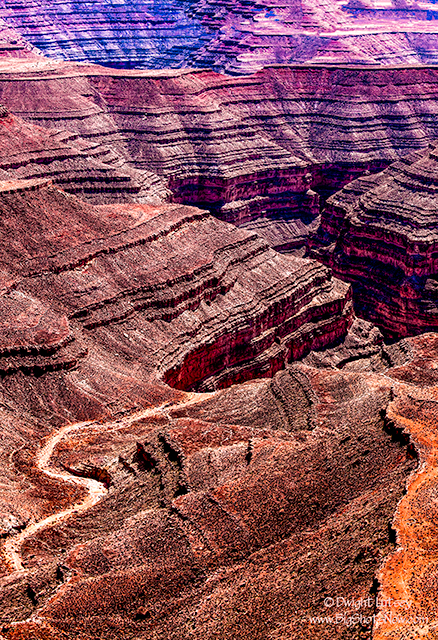Since our post titled ‘Behind The Ridge’ http://www.bigshotsnow.com/behind-the-ridge/ was posted the other day our mailboxes have been filled with a huge amount of mail, some protesting vehemently our misuse of our Nations natural resources, “How dare you move a national landmark!” “We’ll see you tarred and Feathered you….!” “I’m telling my congressman, you bastard !!!” “We’re coming out there and when we get our hands on you you’ll wish you were….!” These were just a few of the printable comments we received from those with a slightly different viewpoint than ours.
We also received many comments in support of our project.” Rad, Dude.” was one. “That was awesome!” was another. “What are you guys talking about anyway?” This one kind of fell in the middle so we put it in the plus column. But the one we want to focus on is this one ” How did you guys do that and like, not screw up the earth, man?”
This question points to something that goes right to the heart of The Institute’s core values. Which as we have stated countless time before is “Do No Harm. None. Not Any.” If there might be harm, like my dad used to say “Doan Doit…I mean it, You doit you get a whippin.” So our prime directive is in place and guides us through all of our major projects. Even the ones where it looks like we are defiling, but not raping, that would be bad, the land.
How is this possible then, you might ask. How do you move a mountain and not leave permanent damage. The answer of course is Terraforming. Terraforming is a term that simply means the Earth-Shaping of a planet, moon or other body and is the hypothetical process of deliberately modifying its atmosphere, temperature, surface, topography or ecology to be similar enough to the environment of Earth to make it habitable by Earth-like life. That’s all there is to it. Put it back like it was. Or how it should have been had it been done right in the first place, or even make it cool again after you screw it up.
Moving the mountain in the first place was fairly simple. We simply drilled holes in the bottom of the mountain, set pins with hook eyes in them, glued them in with gorilla glue, tied a whole bunch of helium-filled balloons to the hook eyes until it lifted, then hooked a small plane to the front and hauled it off. Our tow plane was a 1946 PIPER J3, C-65HP, TTA 1286, 260 SMOH with a midnight blue paint job to cut down on visibility. We timed it to start shortly after sunset on a moonless night and just headed up the Rockies until we got to The Institute. We cut the balloons loose and it dropped right into place. Easy-Peezy. We’re making it seem pretty simple but a lot of planning went into this project. Some of it we have to keep confidential to protect our phony baloney jobs due to slight violations of air space between states, some antiquated laws regarding taking mountains across state lines, endangerment of wildlife excepting birds, some property damage due to falling rocks, but by and large it went pretty well.
The other half of the problem took quite a bit more work. Due to the laws of the sovereign state of Arizona you can not just go off in the back country with D9’s, backhoes, unlicensed four-wheel drives and start rooting around there in the wilderness. That ‘s sacred cow stuff to those folks due to the possibility of contaminating the land, water, and ozone layer. So we had to resort to old-fashioned methods and repair the hole by hand. We sent three eighty passenger busses full of interns down there with all the tools they’d need, like shovels, hoes, Pulaski’s, steel-toed boots, come-a-longs, baseball hats, seven or eight cases of bottled water and set them to work terracing the slopes of the hole we left when we yanked that mountain out of there.
We think it turned out pretty good. We got it all terraced, set in our own patented erosion control material, even put in a road to get down to the bottom if you wanted to, absolutely free of charge. The toughest part however was getting the color right. We gathered images from all over the Southwest to get a handle on how we should finish this and we came up with a pretty good color scheme. Fortunately we had and old Sikorsky helicopter left over from another project and after fitting it with a customized spray painting unit on a 360°, computer-controlled laser guided gimbal with integral spray head we went to work. Gallons later of paint, varnish, stain, india ink, crushed up pastel colors, liquitex acrylic paint, custom-made oil finishes, buffing compound, and liquefied stone stabilizer, we were finished. I’d say it looks like it has been there for years myself. One of the city council guys who went out to check on the work couldn’t even find the spot we had done, it looked so real.
So to all those whiners out there who would complain if they were hung with a new rope, we say “Look. Go on out there. We dare you to find where we made the switch.” The proof is in the terraforming. We leave it up to you to answer the question “Terraforming – Good or Bad?” We think good.


You must be logged in to post a comment.